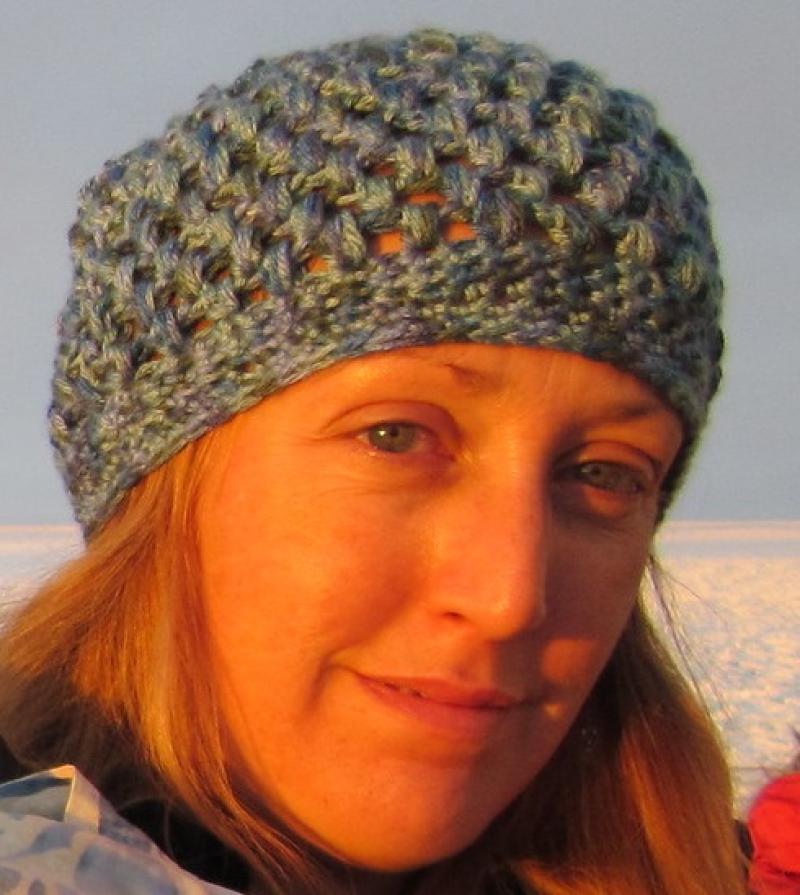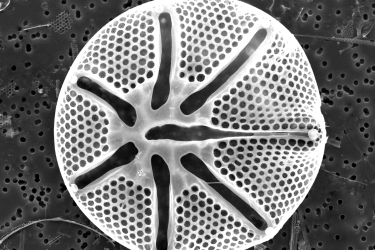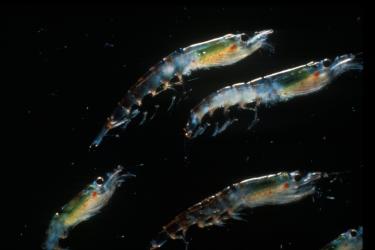I know that equating piloting gliders to raising children isn’t a fair comparison, but a parenting metaphor best describes how I’m feeling about this season’s deployment.
There’s a quote about parenting from one of my favorite 80s movies that resonates with me this week. A mother describes her first child as “tense” because he was her first kid and she was tense when he was a baby. Then she says, “By the third kid, you let them juggle knives.”
I was that “tense” glider mother five years ago. Everything about gliders scared me. But after three Antarctic deployments, several short Pacific deployments, and lots of piloting and troubleshooting, I feel pretty good. I think I’m ready to let the gliders juggle knives.
Well, almost ready. Maybe butter knife ready. We have a few new twists for this season that make me think the chef’s knives should remain in the drawer for now.
This season is poised to be our most exciting yet. On December 4th, we deployed two gliders in the Bransfield Strait–the stretch of ocean between the Antarctic Peninsula and the South Shetland Islands–that will fly the same path across the strait together. Both gliders have acoustic sensors that will collect data on krill density in our study area, but one glider has the “old” sensor we’ve been using since our first deployment, while the other glider has a new sensor we’ve never used in Antarctica before. We will compare data from these two sensors to see whether our density estimates are similar. These two gliders also have “glidercams,” which will take pictures of the critters in the water as the gliders dive. These images will allow us to be sure that the acoustic sensors are indeed detecting krill and not some other small animal.
On December 5th, we deployed a third glider north of the South Shetland Islands. This glider is the most exciting of all: in addition to having one of the new acoustic sensors, it also has the shadowgraph camera. This glider will capture images of the shadows of all the microscopic algae and animals it encounters as it dives and climbs through the water. These organisms are too small for our acoustic sensor to detect, but they are important parts of the marine ecosystem that can tell us a lot about how the environment is changing as the ocean warms.
Whenever we deploy gliders–especially gliders with new sensors and instruments–there’s a lot of preparation to ensure everything goes as smoothly as possible. This year, because of lingering shipping delays caused by the COVID-19 pandemic, we shipped our gliders to Punta Arenas, Chile in late July, but they didn’t arrive until late November. Four members of our team flew to Punta Arenas to do our final checks on the gliders and several other instruments that were deployed with them. This year our checks were especially important, as we had to make sure the new sensors would work properly. For almost a week, we flew “simulated” missions in the conference room of our hotel until we were satisfied that we had done everything we could to have a successful season.
And now we’re up and running…or flying. Keep checking back with me for updates about our deployment, why these new sensors will provide such valuable information, and how we’re honoring a friend this year.



